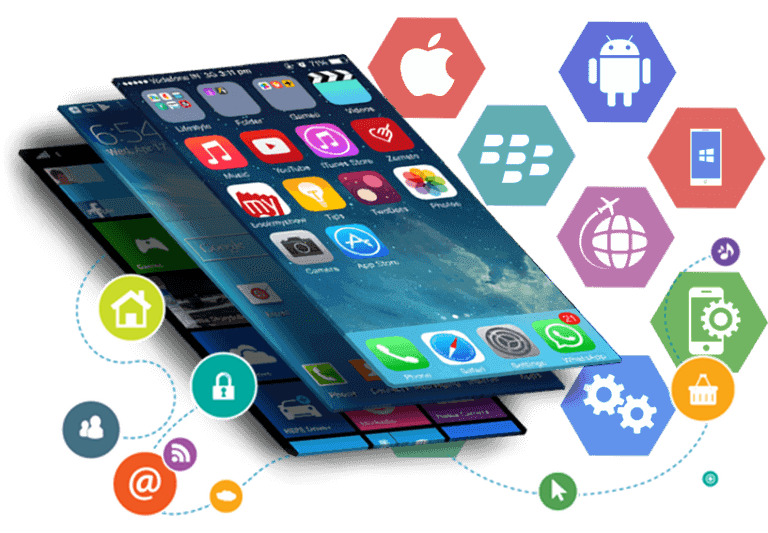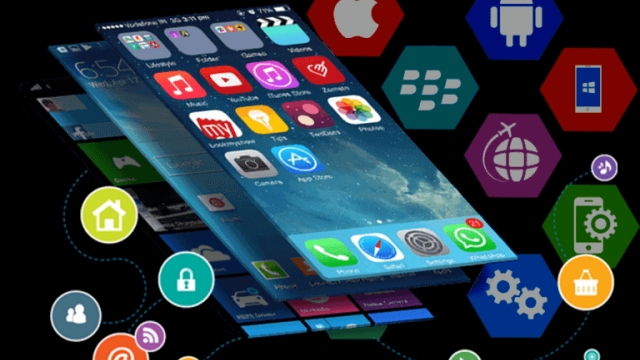In today’s increasingly digital world, mobile applications have become an integral part of our daily lives. From social media platforms like Facebook and Instagram to productivity apps like Evernote and Trello, mobile apps have revolutionized the way we interact, work, and play. Behind the scenes, the intricate process of software design and development plays a crucial role in bringing these powerful tools to our fingertips.
Software design and development encompasses a range of activities that involve the creation, improvement, and maintenance of mobile applications. This multifaceted discipline involves a deep understanding of user needs, programming languages, and design principles to craft intuitive and seamless experiences. Whether you’re a budding developer or an industry expert, understanding the art of software design and development can empower you to unlock the limitless potential of pixels.
In this article, we will delve into the world of software design and development, exploring the various types of mobile applications and the intricate processes involved in creating them. From native apps to web apps, we will uncover the unique characteristics and advantages of each, shedding light on the diverse landscape of mobile app development. So, join us as we embark on a journey to uncover the secrets behind unleashing the power of pixels and master the art of software design and development.
Mobile app performance optimization
Types of Mobile Applications
Mobile applications have become an integral part of our daily lives, enhancing our productivity, entertainment, and connectivity. With advancements in technology, there are various types of mobile applications available to cater to different needs. Whether you’re looking for a social media platform, a gaming app, or a utility tool, there is something for everyone in the world of mobile app development.
-
Social Networking Apps: Social networking apps have revolutionized the way we connect and interact with others. Platforms like Facebook, Instagram, and Twitter have become household names, allowing users to share their thoughts, photos, and videos with friends and followers. These apps provide a seamless user experience, enabling us to stay connected with the world and engage in online communities.
-
Utility Apps: Utility apps are designed to assist us in our daily tasks. Whether it’s managing finances, tracking fitness goals, or organizing schedules, utility apps provide practical solutions. Examples of utility apps include banking apps, health and fitness trackers, and calendar apps. These apps aim to simplify our lives and make everyday tasks more convenient.
-
Gaming Apps: Gaming apps have gained immense popularity, providing entertainment and immersive experiences to users. From casual games to complex multiplayer experiences, gaming apps encompass a wide variety of genres. With stunning graphics, captivating storylines, and addictive gameplay, these apps offer endless hours of fun. Popular gaming apps include Candy Crush, Clash of Clans, and Pokemon Go.
-
E-commerce Apps: E-commerce apps have transformed the way we shop, allowing us to browse and purchase products with ease. Apps like Amazon, eBay, and Alibaba have simplified the online shopping process, providing a seamless user interface and secure payment options. E-commerce apps offer a wide range of products, from clothing and electronics to groceries and furniture, making shopping convenient and accessible.
-
Business Apps: Business apps are designed to streamline various business processes and enhance productivity. These apps cater to specific industries and professions, offering tools for project management, communication, and data analysis. Examples of business apps include Slack, Trello, and Salesforce. These apps enable teams to collaborate effectively and manage tasks efficiently, improving overall productivity.

In conclusion, mobile applications have become an indispensable part of our modern lifestyle, offering a plethora of options to cater to different interests and needs. Whether you’re looking for social networking, utility, gaming, e-commerce, or business apps, the world of mobile app development has something for everyone. With advancements in technology, the future holds even more exciting possibilities for software design and development in the mobile app arena.
The Art of Software Design
When it comes to software design, it is truly an art form that requires a blend of creativity, technical skill, and problem-solving abilities. The process involves envisioning and conceptualizing a digital solution that not only meets the needs of users but also delivers an exceptional user experience.
The first step in software design is to understand the target audience and their requirements. This involves conducting thorough research and analysis to gain insights into user preferences, behavior, and expectations. By delving deep into the minds of users, designers can create interfaces that are intuitive, visually appealing, and effortless to navigate.
Once the user needs are understood, the next phase is to translate those requirements into a tangible design. Designers must pay close attention to details like color scheme, typography, and layout to ensure that the interface not only looks aesthetically pleasing but also promotes easy comprehension and interaction. The art lies in finding the perfect balance between creativity and functionality, making the design visually engaging without compromising on usability.
The final piece of the puzzle in software design is iteration and refinement. Designers must constantly seek feedback and iterate on their designs based on user testing and input. Through this iterative process, software designs can evolve to their full potential, seamlessly blending form and function to create an exceptional user experience.
In conclusion, software design is a powerful blend of artistry and technical skill. By understanding user needs, creating visually appealing interfaces, and constantly iterating on designs, software designers can unleash the true power of pixels, creating mobile applications that resonate with users and provide meaningful experiences.
The Development Process
Software design and development is a meticulous and iterative process that involves various stages and considerations. In order to unleash the full potential of mobile apps, developers follow a systematic approach that ensures smooth and efficient development. Let’s delve into the key steps involved in the software design and development process for mobile applications.
-
Requirement Gathering and Analysis: The initial phase of the development process involves understanding the requirements and objectives of the mobile application. Developers collaborate closely with clients to identify the target audience, desired features, and overall vision for the app. This step is crucial in laying the foundation for a successful mobile app, as it sets the stage for the subsequent stages of design and development.
-
Design and Prototyping: Once the requirements are gathered, the next step is to create a design that aligns with the app’s objectives and user experience. This includes creating wireframes, mockups, and prototypes to visualize the app’s interface, navigation flow, and overall look and feel. By incorporating user feedback and iterating on the design, developers aim to create an intuitive and engaging user experience.
-
Development and Testing: The actual development of the mobile app begins in this phase. Developers utilize their skills and expertise to transform the design into a fully functional app. They write code, implement the desired features, and integrate necessary APIs and databases. Thorough testing is conducted at each development milestone to identify and fix any bugs or glitches. This ensures the app meets the highest standards of quality and performance before it reaches the users.
By following this robust development process, software designers and developers can create cutting-edge mobile applications that cater to diverse needs and captivate their target audience. With careful planning, seamless execution, and continuous iterations, the art of software design and development harnesses the power of pixels to deliver exceptional mobile apps.






